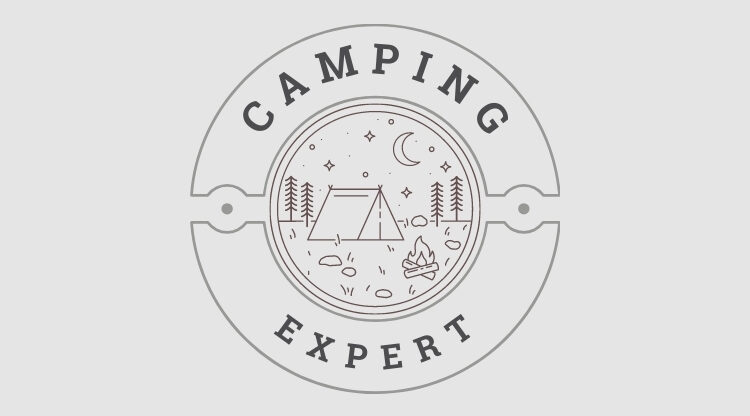There are several different types of stoves for camping, coming in all different shapes and sizes and powered by different fuels so it can be very confusing when determining which to buy.
Types of Fuel
To simplify the range of stoves available, you can categorise them in terms of the fuel they burn. The most common fuel types are:
Gas Canisters
These usually consist of a propane and butane mix and provide a good level of performance. The best thing about gas canisters is their ease of use. You just switch on the stove, light it and you’re away. The downside are the running costs and the waste (disposing of the empty canister) The canisters are available in many sizes and in a variety of fittings for several different types of stove so if you choose this method, be sure to check that the canisters you buy will fit onto your specific stove. They aren’t suitable for high altitude cooking or for use in extreme cold conditions as these will both affect the pressure inside the canister and, thus, will reduce performance.
Petroleum Based Liquid Fuel
These stoves all need some method of pressurising the fuel (usually an integral pump) and need priming to pre-heat the fuel and convert it to gas. This means that the liquid fuel stove will take a little extra effort to light. On the plus side, a liquid fuel stove will perform better in a wide range of situations and will cost less to run. Liquid fuel stoves will often also be multi fuel stoves which burn a range of liquid fuels giving them more versatility. They also use fuel more economically than other camping stoves which mean that you have to carry less fuel which can be important if you have limits on the weight you can carry.
Methylated Spirits
These stoves rely on the vapour emitted from a static burner. They’re generally considered to be safer than other stoves as they’re less explosive and burn at a lower temperature. However, this does mean that cooking takes longer.
Solid Fuel
These stoves use tablets or gels and are generally safe, lightweight and very cheap. However, they take longer to cook with, are generally messy to use and offer no real adjustability.
Stove Types
Choosing a stove should be something you consider in relation to the fuel you wish to use and just like fuels, they come in several shapes and sizes and designed for all different purposes. That said, they can be broadly categorised into three types:
Mountain Stoves
These have to be strong, reliable and lightweight and come with a fast boil time. They’re usually liquid fuel stoves as this gives you the power and performance in extreme conditions. A mountain stove will usually be designed so that its burner is low to the ground and its fuel source detachable for easy packing. There are a few gas canister based mountain stoves available using the same design principles as the liquid fuel range which perform well on British mountains but would not be suitable for high altitudes or extremely low temperatures.
Backpacking Stoves
These can be used for virtually any purpose and you’ll often see them if you’re out rambling, hiking, cycling or fishing. They’re easy to use and relatively light to carry. They can either be fuelled by gas canister, methylated spirit or solid fuel. Each type of fuel offers the backpacker different advantages. The convenience of gas canisters, the safety and economy of methylated spirit burners and then there’s the simplicity and low price of solid fuel burners, although the latter can only really be used for short camping trips.
Family Camping Stoves
Family camping stoves have to be safe and easy to use. The weight of the stove is not usually an issue as these are more the kinds of stove you would only transport by car. A family stove will usually be powered by a larger gas canister than the mountain or backpacker equivalents and the design will quite often follow the form of a normal domestic hob. Quite often, these types of stove will come with a grill attachment, the aim of them being functionality.
These are just the basic facts. It’s always wise to take a look at the various options for yourself and weigh up the pros and cons depending on the types of trip you take, the number of people who will require use of the stove and the climate and conditions in which you’re planning your camp trip.
